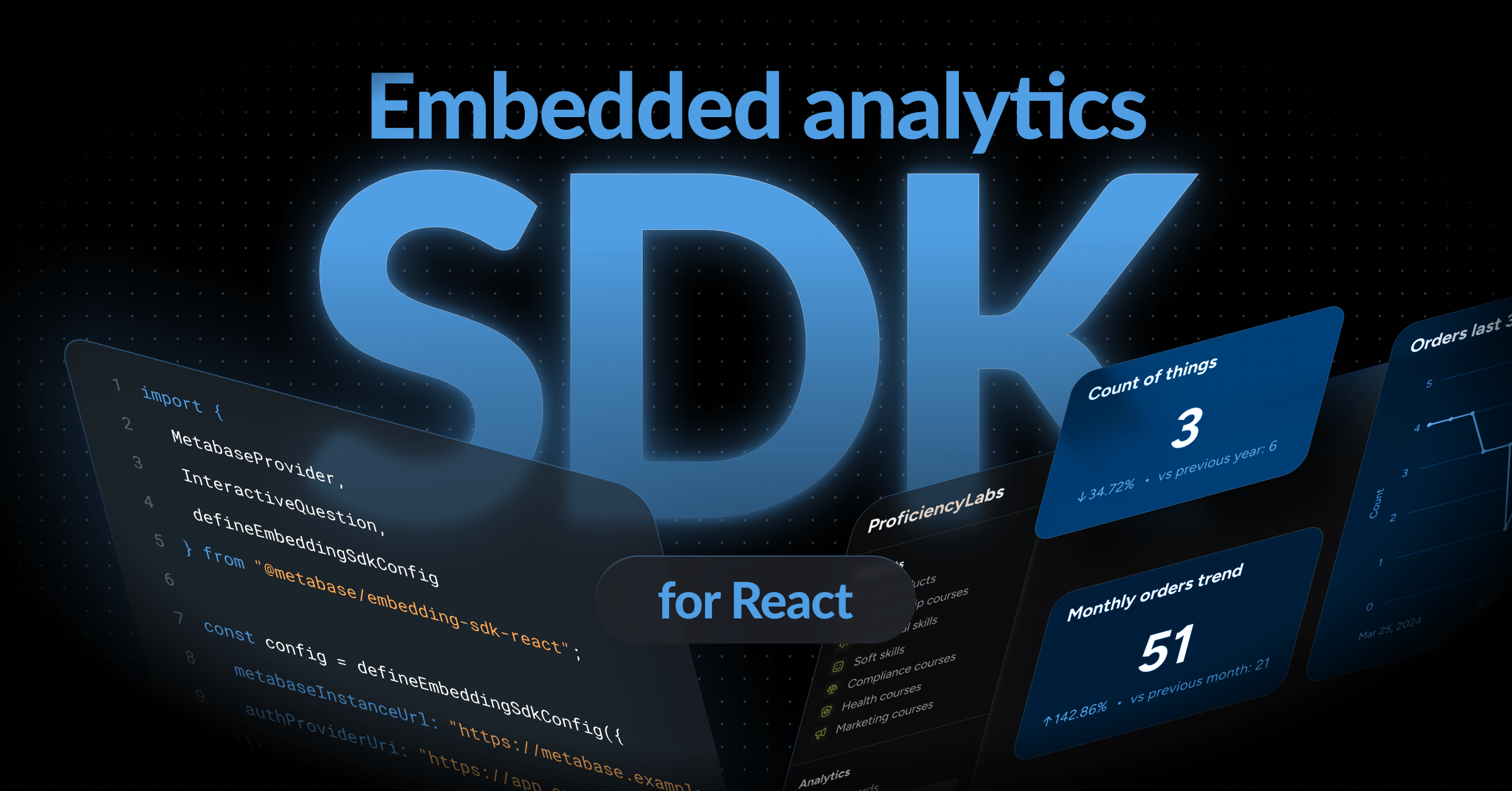Your company shall have a set of few KPIs to figure out whether a new feature in a product or any other single new product in a portfolio is helping to pursue the current OKRs. Those KPIs are directly relevant to your chosen North Star Metric, besides that it’s common to see at least one team dedicated to each one of them.
The problem is that teams often only focus on the KPI they were created for even when they end up affecting more other indicators. This can lead to miscommunication or a fundamental misunderstanding of each team’s values.
Follow these three steps to help teams understand how their KPIs relate to the OKRs
Understand how indicators, objectives and teams relate to one another
You need to understand the mathematical relationship between indicators. To do that, follow the mantra: Identify, Evaluate, and Analyze.
- Identify what teams work on the same indicator as your team.
- Evaluate the relationship between indicators in the same OKR.
- Analyze which indicators are affected by each new feature, even if they belong to different OKRs.
For example, if your company’s North Star Metric is the financial result that is brought to your customers, this metric is probably closely related to the churn rate. Probably there is even an entire team that focuses mainly on churn rate. On the other hand, how much does the work of your Sales, Marketing, or even Human Resources team have to do with churn rate? On a qualitative level, you can assume that pledges in deals closed by sales teams or the lack of talent in the company will affect client satisfaction. Speaking statistics though, how much do these teams affect the North Star Metric?
Define the relationship of each team to the company’s strategy
As I mentioned earlier, it is quite common to find structures where you have a whole team dedicated to a single KPI, whether you’re a legacy firm undergoing a digital transformation or a native digital firm that triples annually in size. Usually, these structures are built that way to make it easier for the management in order to figure out which metric each team is impacting, and that’s a shallow view of the results.
To deeply monitor your results, you must link those indicators to deliverables. The main gains of making a presentation from this point of view are:
- Explicitly define the relationship of each team to the company’s strategy.
- Communicate how the deliverables of each team relate to each other.
- Anticipate changes in the roadmap to achieve results.
Your work is unlikely to impact just one metric, and recognizing that will help you both plan your product roadmap and react smarter when your numbers are far from your OKRs. Beyond that, you’ll have to field questions like: if one team delivers as much as possible, how much do other teams have to deliver to reach a specific goal? I saved a team, more than once, just by explaining to a board of directors how we could reassign them to another KPI they already impact with their work.
Promote business awareness inside your team
Once you understand this relationship between target indicators and how your team works affect them, you have to come up with that consciousness and share it with every member of the team. This business awareness is going to help not only you but also your team and company to grow, so it is important to ensure everyone realizes success the same way.
Without that, every goal will be a guess and the company will be unable to see the best projects, features, or products to achieve their OKRs.




